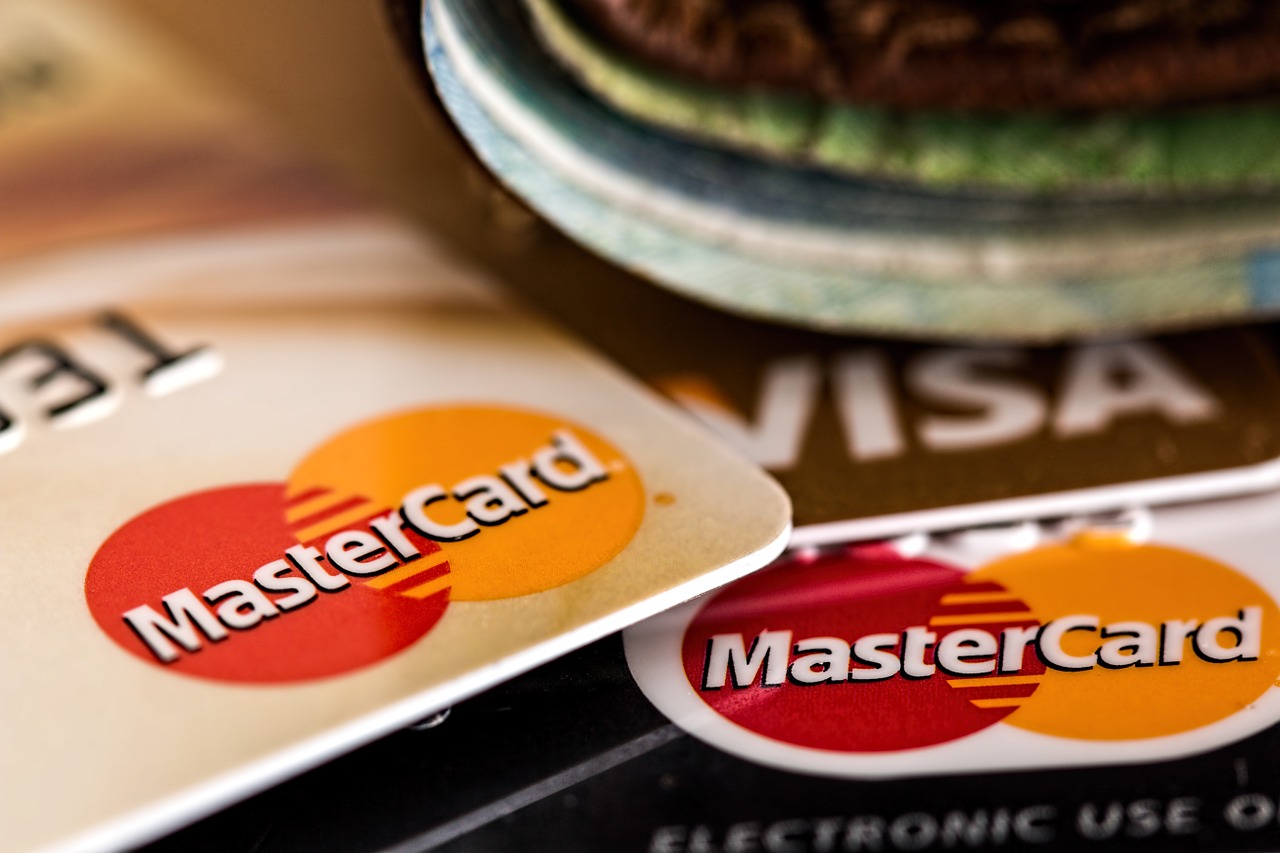Improve Your Ecommerce Checkout Process
Did you know that the checkout process is one of the biggest obstacles to purchasing for many customers? If the process takes too long, if it requires too much information, or if there aren’t enough security reassurances, customers can abandon their shopping cart entirely and your sale goes down the drain.
With checkouts labelled as a critical juncture for ecommerce websites, here’s how you can optimise yours and ensure it’s suitable for your customers.
Focus on the design
First and foremost, make sure there are as few clicks to the checkout as possible. The more obstacles you put in your customers’ way, the more chances they have to abandon the purchase. Don’t give them that opportunity!
Make sure that all buttons and logos – checkout buttons, as well as security seals, PayPal logos and credit card images – are visible at all times. Use a floating menu bar if necessary.
Don’t use popups. Many internet users nowadays have ad-blockers installed which can prevent popups from appearing or loading on their screen. Ensure that your checkout process doesn’t involve any popup windows, or you risk alienating those who have stringent security software.
Offer freedom and flexibility
For many customers, the rigmarole of creating an account before being able to make a purchase is one they’d rather avoid. It’s best to be flexible on this front – offer users the ability to checkout as a guest, as well as the option to sign up as a member before and after the checkout process.
The same goes for the shopping cart itself. You’ll need to make it easy and straightforward for customers to change what’s in their basket, whether they’re removing items altogether or increasing the quantity of their chosen items.
Build a sense of trust in the checkout process
There are certain ways you can increase trust among your customers throughout the checkout process. First, you can acknowledge that the products they’ve ordered are all in stock – this will reassure them that they won’t get an email five minutes later saying there’s been a problem with their order.
Secondly, include product reviews and ratings as much as you can – even if it’s just one or two per product. Word of mouth marketing is increasingly important nowadays, and if your customers can see that others have had a great experience with your product, they’ll be more likely to put their faith in you.
Give the customer options
It’s important to offer your customers plenty of options – especially when it comes to delivery. Some businesses state that products can only be delivered to the billing address on a credit card, which can rule out a number of potential customers right away. Some businesses only offer one method of payment – and not everyone feels comfortable sharing their credit card details online these days.
It’s imperative that you offer options for your customers. Give them the choice of delivery addresses, let them choose how they pay (PayPal, Skrill and Google Checkout all offer easy options) and provide a number of different shipping and returns methods so that customers can decide when they want to receive the delivery and how they’ll return it if there’s a problem.
